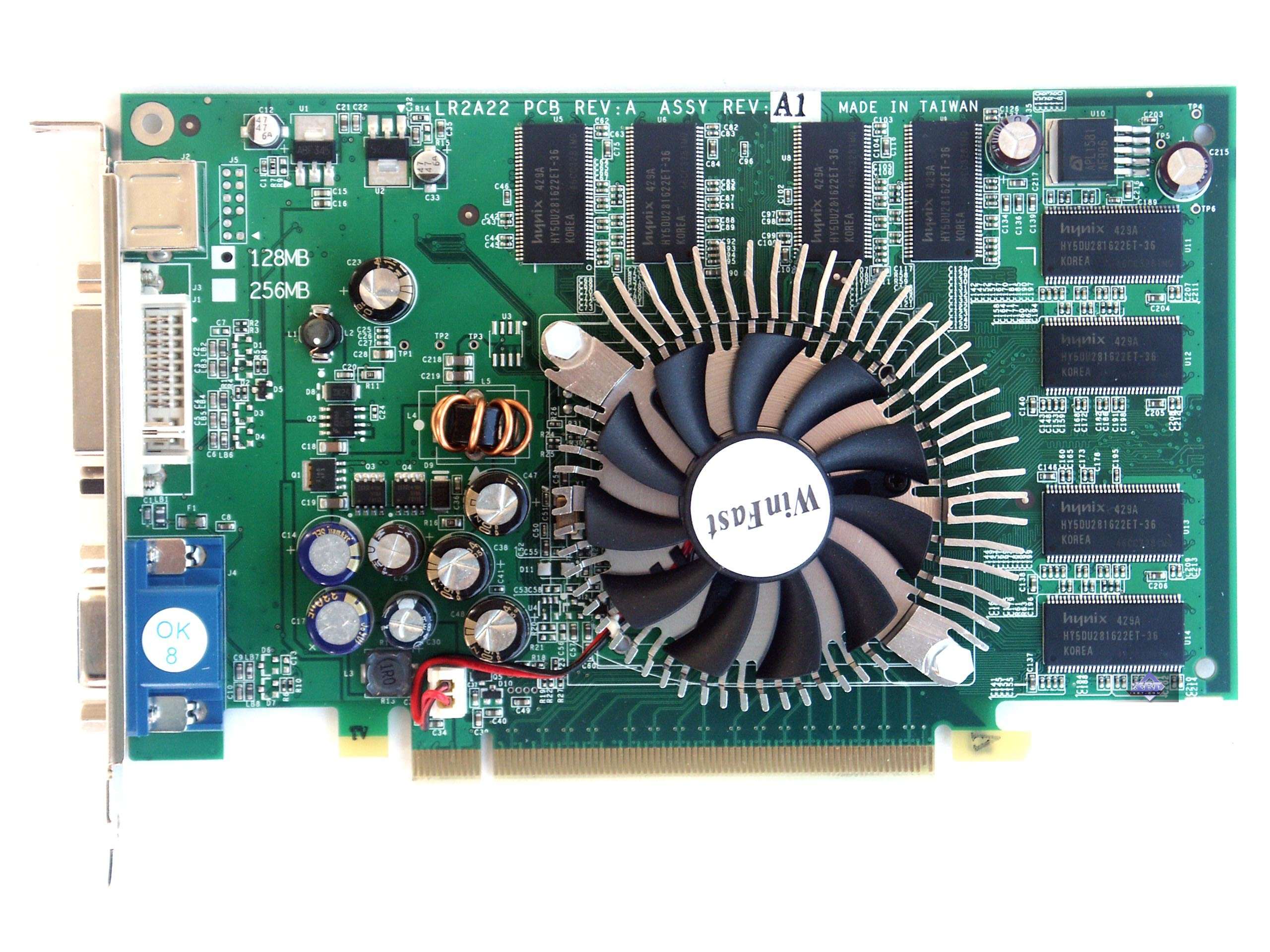Nvidia Port Devices Driver
Then I plugged the device into a USB port and looked at the Device Manager and, lo and behold, the working driver was installed. I tried to use the device and it worked correctly. I'm no expert, but it seems like what happened is that Windows did not install an updated driver and also did not uninstall the old one. It describes how to port NVIDIA ® Jetson™ Linux Driver Package (L4T) and the U-Boot boot loader from NVIDIA ® Jetson Nano™ Developer Kit to other hardware platforms. This topic is not addressed to uses of the NVDIA Jetson Nano™ 2GB module, which is intended for educational and experimental uses.
Summary :
If you meet the NVIDIA Output not plugged in error on Windows, you need to read this post. It will show you two scenarios in which the problem occurs and the corresponding solution in each scenario. Right now, you can get these two useful solutions from the MiniTool website.
Solution 1: Update the NVIDIA Graphics Driver
This error may be due to outdated drivers that do not work well with your device or due to the latest drivers. You can try updating the NVIDIA graphics driver to resolve this error
How to update device drivers in Windows 10? Check the 2 ways to update drivers Windows 10. Guide for how to update all drivers Windows 10 is also here.
Step 1: Press the Windows + R keys combination to open the Run dialog box. Type devmgmt.msc and click OK to run Device Manager.
Step 2: Expand the Display adapters part, right-click your graphics card and choose Uninstall device to uninstall your graphics adapter.
Step 3: Verify all dialogs or prompts that may require you to verify the uninstallation of the current graphical device driver and wait for the process to complete.
Step 4: Find drivers for your NVIDIA products in the NVIDIA Driver Downloads part. Type all required information and click SEARCH.
Step 5: Click the required entry and click the Download button. Save it to your computer, open it, and follow the instructions.
Step 6: In the Installation Options window, choose the Custom (Advanced) option, check Perform a clean installation and then click NEXT to install the driver.
Now check to see if the NVIDIA Output not plugged in error has been resolved.
Alternative: Roll Back the Driver
If the NVIDIA Output not plugged in error occurs after you have installed the latest drivers for the graphics card, you can try to roll back the graphics card driver.

Step 1: Uninstall the driver you currently have installed on your machine. Sii port devices driver device.
Nvidia Port Devices Driver Vga
Step 2: Press the Windows + R keys combination to open the Run Download sirona dental driver reviews. dialog box. Type devmgmt.msc and click OK to open Device Manager.
Step 3: Expand the Display adapters section, right-click on the display adapter you want to rollback and choose Properties.
Step 4: Switch to the Driver tab and find Roll Back Driver. If this option is grayed out, it means that the device has not been updated recently or has no backup files to remember the old driver. If the option is not gray, follow the instructions to proceed with the process.
Solution 2: Enable NVIDIA Output Port in the NVIDIA Control Panel
If you don’t set the correct settings in the NVIDIA Control Panel, the HDMI port could be set up to not broadcast audio. When you view playback devices connected to your computer, you will see the NVIDIA Output not plugged in error.
You can try enabling NVIDIA Output port in the NVIDIA Control Panel to fix this error.
Step 1: Right-click on the blank desktop with no icon and click NVIDIA Control Panel.
Step 2: Expand the Display section and choose the Set Up Digital Audio option.
Step 3: Find the name of your graphics card and find the HDMI entry in the list. Choose the device you are connected to.
Step 4: Right-click the volume icon in the bottom right corner of the screen, click Sounds and switch to the Playback tab.
Step 5: The NVIDIA output device that you want to set as default will appear. If it does not show up, right-click a blank area and check Show Disabled Devices and Show Disconnected Devices. Right now, your device should appear.
Step 6: Left-click the newly appeared device and click the Set Default button.
Check if the NVIDIA Output not plugged in error disappears.
Further Reading: Update Your NVIDIA GPU Display Driver Now to Fix Five Vulnerabilities.
Bottom Line
In conclusion, this post has shown you how to fix the NVIDIA Output not plugged in error on Windows with 2 workable solutions. If you encounter the same error, you can try the methods in this post.
Edit 2018-07-15: Updated Script at the bottom:
Each time I update my NVIDIA Graphics drivers no matter if it’s via Windows Update or via Geforce Experience or manually (ok, manually I’m able to choose to NOT install the audio driver so a kind of workaround), it’s also reinstalling the NVIDIA Audio Driver so randomly one of my displayport connected monitors will be the new and default audio output rather than my Headphones.
Making it look like this, a long list with monitors (I’ve got 5 connected) and audio playback devices I don’t want to use.
I’m then manually selecting the Headset and making it the default device for Playback and Communication. And most of the times also disabling all the other playback devices by right clicking them. It works but feels a bit annoying.
It’s also possible to disable the NVIDIA High Definition Drivers in Device Manager, which is once again manual work.
And next time the Graphics Driver is updated, the audio driver is reinstalled so the devices that were previously disabled are now enabled again.
Luckily, it’s possible to automate the task with Powershell.
2 | Get-PnpDevice-ClassMedia|whereFriendlyName-like'*NVIDIA High Definition Audio*'|whereStatus-eq'OK'|ForEach-Object{ Disable-PnpDevice-instanceid$_.instanceid-Confirm:$false |

Easy as that, we use Powershell to disable the NVIDIA High Definition Audio driver so the result is like this;
And my headphones are now the default device again.
To take this one step further I’ve also automated the script to be executed automatically at computer startup with the help of a Scheduled Task. So each time the driver is updated and I reboot, the audio settings are back to how I want them to be.
- Save the above Powershell script in a file called “C:tempdisablenvidiaudio.ps1”
- Download and unpack this file: Disable Nvidia Audio (It’s my Exported Scheduled Task settings).
Important Settings if you want to create the task manually else ignore step 3 and go to step 4. - Optional, manually create the scheduled task.
- run as System (an Admin Account will work too but as I wanted it to be easy for anyone to import it, i choose System).
- Run whether user is logged on or not
- Triggers: At Startup
- Action: Start Program
- program: cmd
- argument: /c powershell.exe -executionpolicy bypass -file C:tempdisablenvidiaudio.ps1
- Open ‘Task Scheduler’ from Windows Start Menu (search for it if needed).
- Select menu item “Action” and then “Import Task…”
- Select the extracted file from Step 2.
- Modify any settings as you see fit.
- Click OK
- Problem Solved
Edit 2018-07-15
After writing this post I did find a very useful Powershell Module here: https://github.com/frgnca/AudioDeviceCmdlets it gives us some options to work with the Audio Devices, so I’ve modified my disablenvidiaudio.ps1 script to look like this;
Nvidia Port Devices Drivers
2 4 6 8 10 12 14 16 18 20 22 24 26 28 30 | Get-PnpDevice-ClassMedia|whereFriendlyName-like'*NVIDIA High Definition Audio*'|whereStatus-eq'OK'|ForEach-Object{ Disable-PnpDevice-instanceid$_.instanceid-Confirm:$false If(!(Get-Module-Name'AudioDeviceCmdlets'-ListAvailable)){ # The version in Powershell Gallery is currently Broken so need to do a manual download/install # Install-Module -Name AudioDeviceCmdlets -Force -Verbose # get-module -Name 'AudioDeviceCmdlets' -ListAvailable | Sort-Object Version | select -last 1 | Import-Module -Verbose $url='https://github.com/frgnca/AudioDeviceCmdlets/releases/download/v3.0/AudioDeviceCmdlets.dll' $location=($profile|split-path)+'ModulesAudioDeviceCmdletsAudioDeviceCmdlets.dll' New-Item'$($profile | split-path)ModulesAudioDeviceCmdlets'-Typedirectory-Force [Net.ServicePointManager]::SecurityProtocol='tls12, tls11, tls' (New-ObjectSystem.Net.WebClient).DownloadFile($url,$location) get-module-Name'AudioDeviceCmdlets'-ListAvailable|Sort-ObjectVersion|select-last1|Import-Module-Verbose # Set my 'Logitech G933 as Default Playback and Recording Device in Windows' Get-AudioDevice-List|whereType-like'Playback'|wherename-like'*Logitech G933*'|Set-AudioDevice-Verbose Get-AudioDevice-List|whereType-like'Recording'|wherename-like'*Logitech G933*'|Set-AudioDevice-Verbose |

